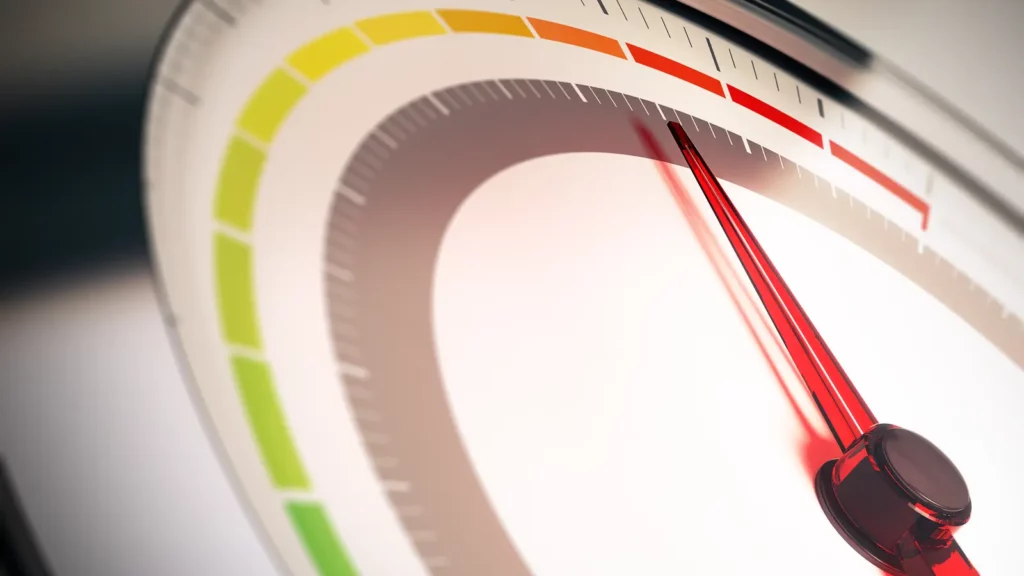When a heat sensor reaches a critical value you would want to sound the alarm. But wouldn’t it be better to sound the alarm before you reach the critical level? Predictive alarming lets you apply alarm levels on future sensor values. This gives you the possibility to act in advance.
Alarms on predicted values gives valuable input to operation teams. It prevents potential problems from actually happening. This will increase the your uptime and at the same time prolong machinery life.

Edge Opportunities
Ekkono’s SDK enables predictive alarming by letting a machine learning model predict future sensor values. When you know what the sensor will read in ten minutes from now, you can set an alarm on that prediction. This gives the possibility to act before the real sensor values reaches critical levels. Knowledge about the future will grant a smooth and stable operation.
A predictive alarm model can be trained using available lab data. You could also train the model incrementally on the device by feeding it streaming real-time data. Incremental learning allows you to leverage the data you already have at hand. If you don’t yet have the data, incremental learning will let you hit the ground running.
Predictive Alarming
Problem
When a problem is detected it may be too late to act. If the heat is above the allowed tolerance it will add unnecessary wear to your machine parts. If you lower the tolerance to spare the parts, the machine might not be working optimally.
Solution
Train a machine learning model to be able to predict a future sensor value. Using incremental learning, the result is a unique predictive alarm system for each individual device.
Application
Send an alarm when the predicted sensor value is outside safety limits, triggering manual inspection of data or device.
Read more about our Use Case Archetypes.